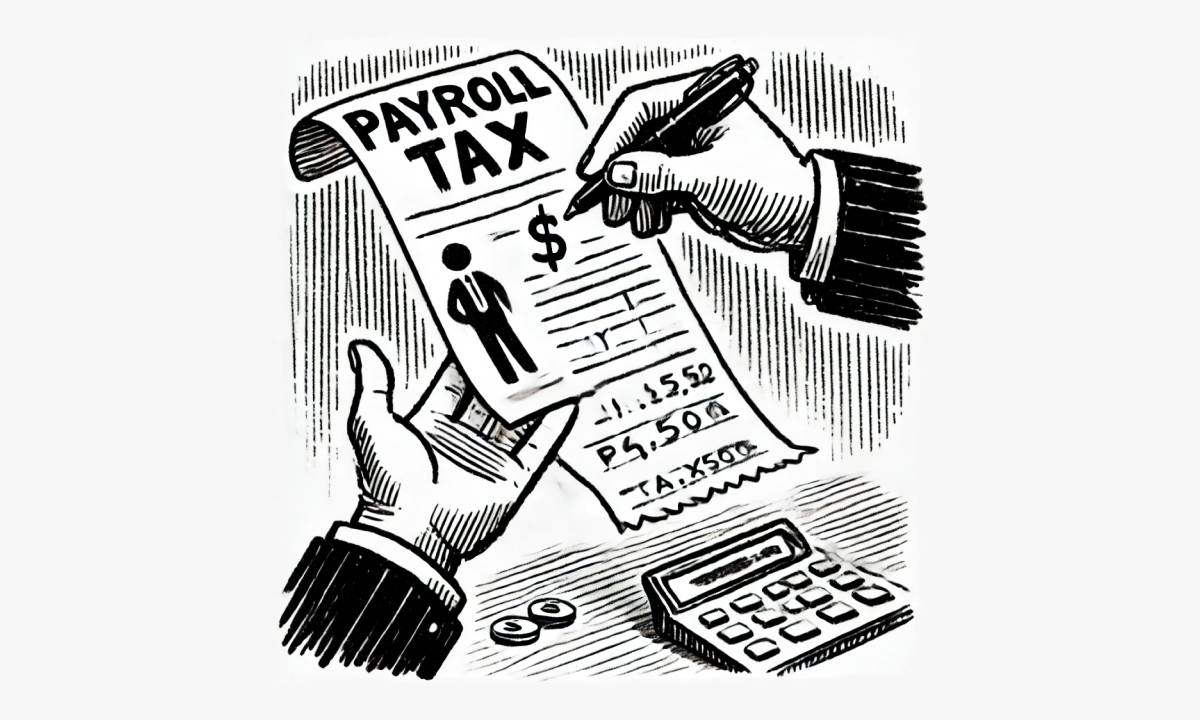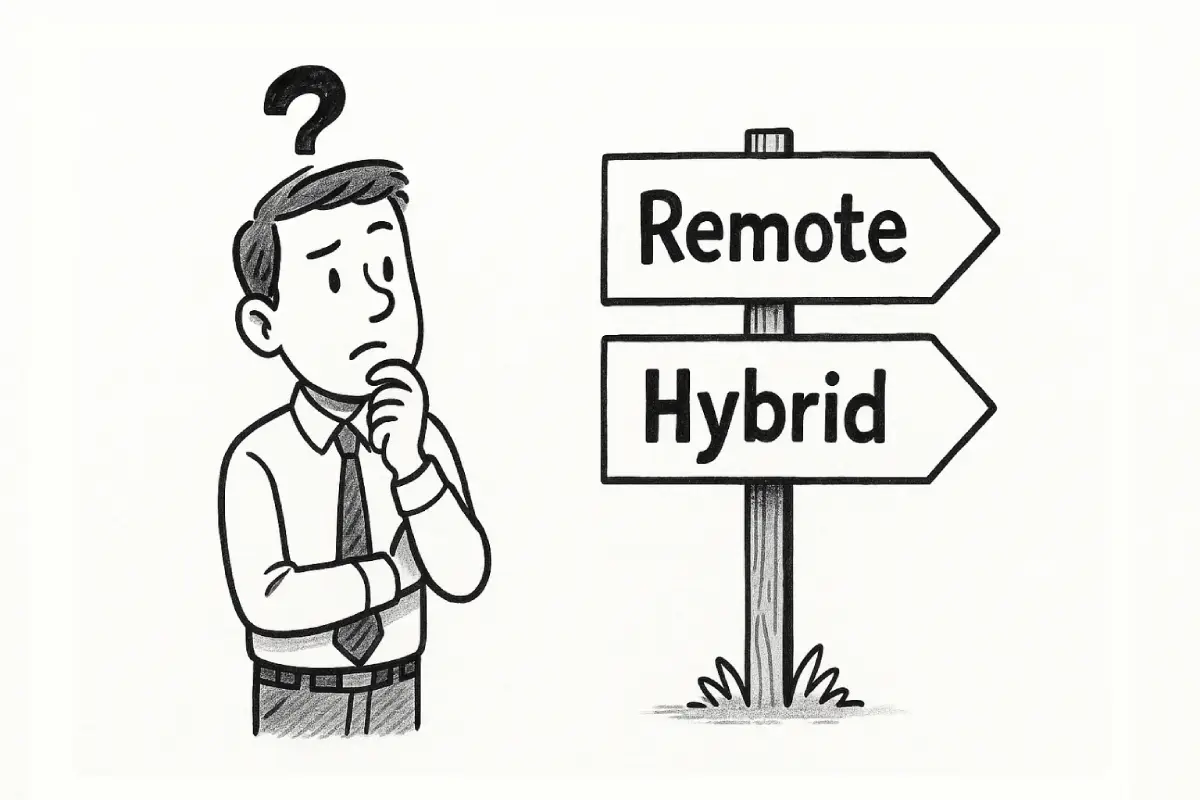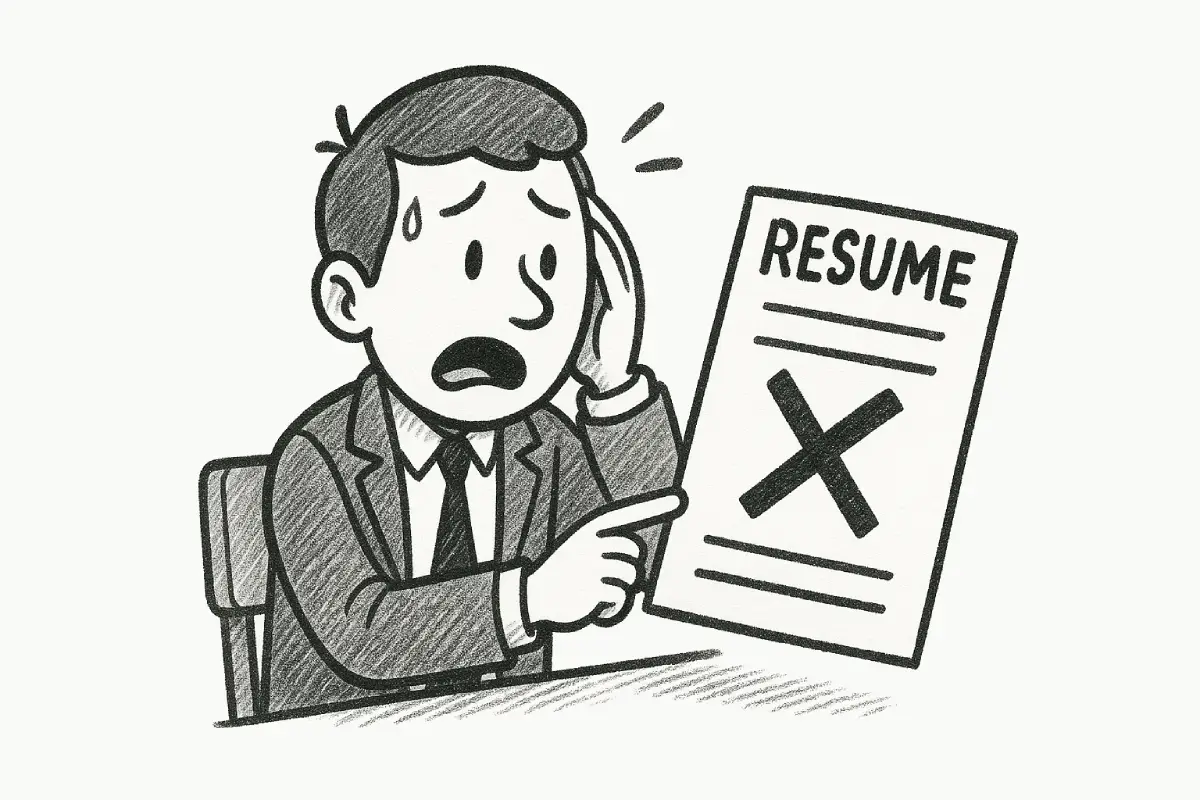Running a business is exciting—but also challenging. One of the biggest hurdles is staying on top of state and federal employment laws. In California, these rules can be especially intricate, with unique obligations for employers. Below is an overview of key requirements and recommended best practices so you can stay compliant (and out of hot water).
Note: This guide is not exhaustive and does not constitute legal advice. Always verify with qualified counsel to ensure full compliance with all applicable regulations.
1. Payroll Tax Accounts
- Tax Account Closure: If you’re transitioning to a professional employer organization (PEO) or changing your payroll structure, you may need to close your existing California unemployment and withholding accounts. This ensures the new provider can properly manage your state taxes.
- For detailed instructions, visit the California Employment Development Department website.
2. Recruiting & Hiring
Onboarding Requirements
- Mandatory Notices: California requires employers to provide new hires with specific notices (such as pamphlets on workers’ compensation, disability insurance, etc.).
- Notice of Pay Information: Non-exempt employees must receive a wage notice detailing pay rates, designated paydays, sick leave policies, and more. Make sure you furnish this before the employee begins work.
Salary History
- Employers cannot request or rely on a candidate’s previous salary. California’s Equal Pay Act also requires providing a pay scale upon request and prohibits using prior pay to justify wage disparities.
Pay Transparency
- Businesses with 15 or more employees are required to include the pay scale in all job postings—this applies even to remote positions. You’re also obligated to share pay scale information with current employees who ask.
“Ban-the-Box” Laws
- California law prohibits asking about an applicant’s criminal history on job applications or before a conditional job offer. If you consider criminal records after a conditional offer, there are specific procedures to follow (e.g., individualized assessments).
- Certain cities, such as San Francisco and Los Angeles, have local ordinances that go even further.
3. Wage Theft Prevention
- California’s Wage Theft Prevention Act mandates detailed wage notices for non-exempt employees. Keep your records up to date and ensure you provide revised notices anytime pay rates change.
4. Independent Contractors
- Worker classification in California is governed by strict tests, often stricter than federal guidelines.
- California’s “ABC” test (from AB 5) presumes workers are employees unless all prongs of the test are met. Misclassification can trigger penalties and back taxes, so review each worker’s status carefully.
5. Wage & Hour Requirements
Minimum Wage & Overtime
- State Minimum Wage: Generally increases annually and may differ by employer size. Some localities (e.g., San Francisco, Los Angeles) set a higher minimum wage.
- Overtime: For non-exempt employees, overtime pay is required after 8 hours a day or 40 hours a week (and double-time after 12 hours a day, in many cases).
Meal & Rest Breaks
- Rest Periods: A paid 10-minute break for every 4 hours worked.
- Meal Periods: For shifts over 5 hours, a 30-minute unpaid, off-duty break is required (with some industry-specific exceptions).
6. Benefit Requirements
Commuter Benefits
- Various local ordinances require certain businesses to offer commuter benefits (e.g., pre-tax transit passes). In the Bay Area, companies with 50+ employees must register and comply with the regional Commuter Benefit Program.
- Los Angeles: Employers with 50–249 employees at a single location must allow workers to set aside pre-tax wages for transportation costs.
State Retirement Program
- CalSavers: If you don’t provide your own qualifying retirement plan, California law requires employers to facilitate the CalSavers program, allowing employees to save for retirement via payroll deductions.
Health Benefits (San Francisco)
- San Francisco’s Health Care Security Ordinance applies to employers with 20+ employees (or 50+ employees for nonprofits). You must spend a minimum amount on employee healthcare or provide equivalent coverage, and submit annual reporting forms to the city.
7. Leave Policies
Paid Sick & Safe Leave
- California law grants employees paid sick leave. Accrual rates and usage rules must meet minimum state standards. Local ordinances may be more generous.
Disability Insurance & Paid Family Leave
- Funded by employee payroll deductions, California’s SDI program provides partial wage replacement for employees unable to work due to disability or caregiving needs. Disabilty is one of the most common reasons employment litigation occurs. “Both employees and employers can save money, stress, and time if attention to California’s SDI program is clearly outlined in employee handbooks,” as noted by the employment law team at RD Law Group.
Family Rights & Pregnancy Disability
- Employers with 5+ employees must comply with the California Family Rights Act (CFRA), offering job-protected leave for qualified reasons (e.g., a new child, serious health condition).
- Pregnancy Disability Leave (PDL) provides up to four months of job-protected leave for pregnancy-related conditions.
Vacation & PTO
- Under California law, accrued vacation is treated like wages—employees cannot lose it once earned. “Use-it-or-lose-it” policies are prohibited, but accrual caps are permissible if they are reasonable.
- Personal Days & Floating Holidays: If these can be used at any time (not tied to a specific event), they are typically treated like vacation and subject to the same non-forfeiture rules.
Bereavement Leave
- Employers with 5+ employees must allow up to 5 days of unpaid bereavement leave following the death of a qualifying family member. Paid leave can be used if available.
8. Harassment & Discrimination
- California law requires a workplace free from discrimination and harassment. You must develop and circulate a policy that meets specific regulatory requirements.
Mandatory Training
- Employers with 5 or more employees must provide:
- Two hours of sexual harassment prevention training to supervisors every two years.
- One hour of training to nonsupervisory employees every two years.
- Workplace Violence Prevention (Effective July 1, 2024): Employers with 10+ employees must establish a comprehensive violence prevention plan, including training, per Cal/OSHA guidelines.
9. Separation & Terminations
- Final Pay: California has strict rules about when final wages (including unused vacation) must be paid if an employee quits or is terminated.
- WARN Act: The federal and California WARN Acts require advance notice for certain mass layoffs, plant closings, or relocations. California’s threshold can be as low as 75 employees.
10. Local Jurisdictions
- Numerous cities and counties in California have their own sets of rules—often stricter than state law—covering minimum wage rates, paid sick leave, scheduling, and more.
- Always confirm city or county-specific requirements (e.g., Los Angeles, San Francisco, Berkeley, Richmond, and beyond).
Key Takeaways
- Consult Legal Counsel: California employment law is complex and constantly changing.
- Stay Proactive: Updating your policies and payroll procedures before changes take effect is the best way to avoid liability.
- Don’t Forget Local Rules: Many cities and counties have higher standards than state law.
When in doubt, seek professional advice. Staying on top of compliance is crucial for running a smooth, successful business—and for keeping your employees happy and protected.








